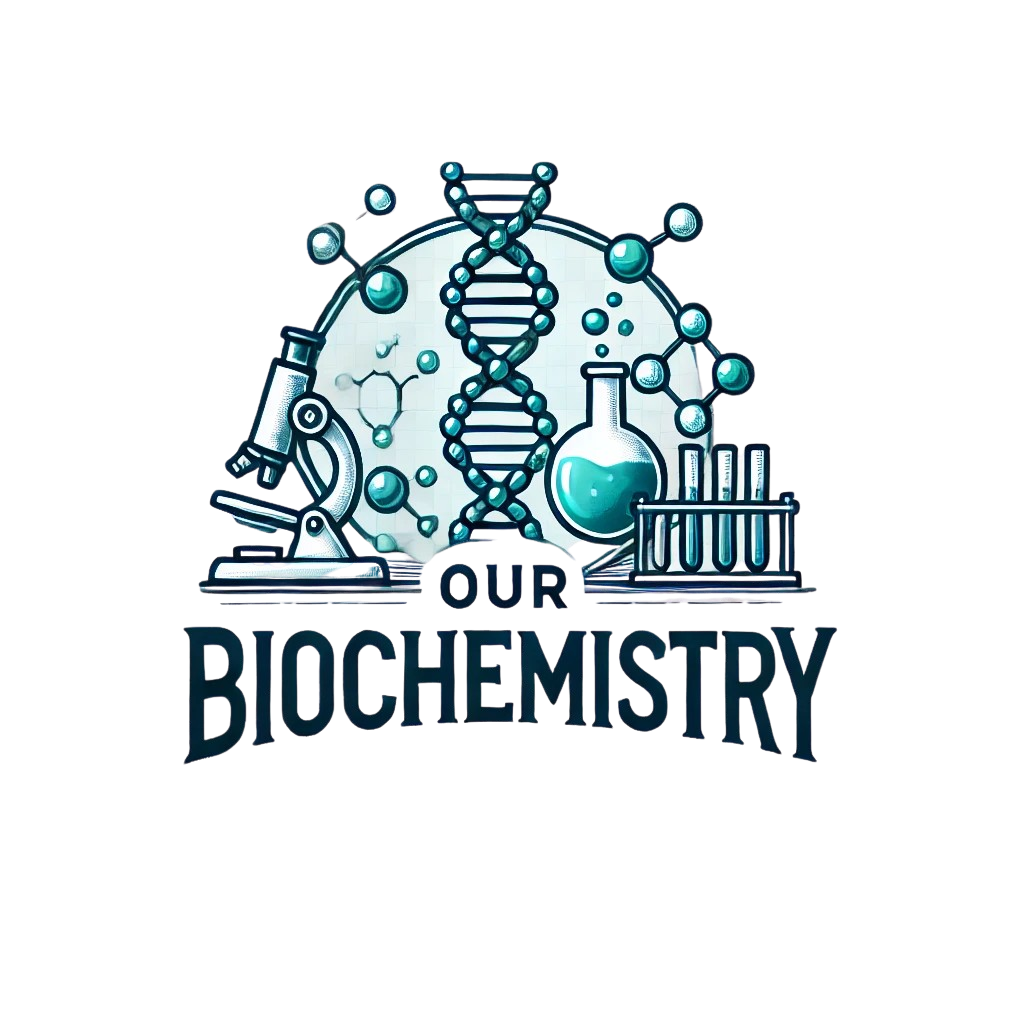Library
Our Biochemistry > Library > Library > Medical Genetics > Quick revisions > Comprehensive Guide to Single-Gene Disorders: Categorized by Inheritance Patterns with Easy Mnemonics
Comprehensive Guide to Single-Gene Disorders: Categorized by Inheritance Patterns with Easy Mnemonics
- November 20, 2024
- Posted by: Namrata Chhabra
- Category: Genetiics Library Medical Genetics Medical Genetics Quick Revision Series Quick revisions Quick revisions
No Comments
Table 1: Autosomal Recessive (AR) Disorders
Mnemonic: “Can People Stop Talking While Cooking Toast And Fries?”
| Letter | Disorder | Clinical features |
| C | Cystic Fibrosis (CF) | Thick mucus, lung infections, salty sweat. |
| P | Phenylketonuria (PKU) | Intellectual disability, musty odor. |
| S | Sickle Cell Anemia | Pain crises, anemia, malaria resistance. |
| T | Tay-Sachs Disease | Neurodegeneration, cherry-red macula. |
| W | Wilson’s Disease | Liver disease, KF rings, copper accumulation. |
| C | Congenital Adrenal Hyperplasia | Hormone imbalances, salt-wasting forms. |
| T | Thalassemias | Microcytic anemia, target cells. |
| A | Albinism | Lack of melanin, pale skin, white hair. |
| F | Friedreich’s Ataxia | Neuromuscular disorder with ataxia and cardiomyopathy. |
Table 2: Autosomal Dominant (AD) Disorders
Mnemonic: “My Tall Mom Hates Neurofibers And Fast Runs”
| Letter | Disorder | Clinical features |
| M | Marfan Syndrome | Tall stature, long limbs, aortic aneurysm. |
| T | Tuberous Sclerosis | Benign tumors, seizures, intellectual disability. |
| M | Myotonic Dystrophy | Muscle weakness, cataracts, cardiac conduction defects. |
| H | Huntington’s Disease | Motor dysfunction, cognitive decline. |
| N | Neurofibromatosis Type 1 (NF1) | Café-au-lait spots, neurofibromas, optic gliomas. |
| A | Achondroplasia | Short stature, rhizomelic limb shortening. |
| F | Familial Adenomatous Polyposis | Colonic polyps with cancer risk. |
| R | Retinoblastoma | Eye tumors in childhood. |
Table 3: X-Linked Recessive (XR) Disorders
Mnemonic: “Help Dad Fight Real Heavy Battles”
| Letter | Disorder | Clinical features |
| H | Hemophilia A/B | Bleeding, hemarthrosis, prolonged PTT. |
| D | Duchenne Muscular Dystrophy | Progressive muscle weakness, pseudohypertrophy of calves. |
| F | Fabry Disease | Pain, angiokeratomas, kidney disease (lysosomal storage). |
| R | Red-Green Color Blindness | Difficulty distinguishing red and green hues. |
| H | Hunter Syndrome | Developmental delays, skeletal abnormalities. |
| B | Bruton’s Agammaglobulinemia | Recurrent infections due to lack of B cells. |
Table 4: X-Linked Dominant (XD) Disorders
Mnemonic: “Fragile Girls Love Vitamins”
| Letter | Disorder | Clinical features |
| F | Fragile X Syndrome | Intellectual disability, large ears/testes. |
| G | Goltz Syndrome | Skin, skeletal, and dental abnormalities. |
| L | Lesch-Nyhan Syndrome | Rare XD form; neurobehavioral issues with self-mutilation. |
| V | Vitamin D Resistant Rickets | Bone deformities, hypophosphatemia. |
Super Mnemonic Recap
- AR: “Can People Stop Talking While Cooking Toast And Fries?”
- AD: “My Tall Mom Hates Neurofibers And Fast Runs.”
- XR: “Help Dad Fight Red Hairy Boys.”
- XD: “Fragile Girls Love Vitamins.”
Author:Namrata Chhabra
With over 38 years of experience as a Medical Educator, Medical Biochemist, and Researcher, Dr. Namrata Chhabra has a proven track record of leading and contributing to clinical, academic, and research initiatives that advance medical science and education. She holds an M.B.B.S., an M.D. and Ph.D. in Medical Biochemistry, and a Master's in Health Professions Education (MHPE). She is also a FAIMER Fellow, a prestigious recognition of her excellence in medical education and research.
Currently, she serves as the Associate Dean of Admissions, Chair of the Admissions Committee, and a Professor of Biochemistry at the American University of Antigua College of Medicine (AUACOM). In this role, she oversees the academic quality, curriculum development, faculty development, accreditation processes of the college, and student recruitment. She also teaches and mentors medical students, conducts and supervises biomedical and educational research projects, and publishes and presents her findings in national and international journals and conferences. Additionally, she is the author of three comprehensive textbooks on Medical Biochemistry, which are widely used by medical students and professionals. She is passionate about improving the health outcomes of communities and individuals by fostering a culture of innovation, collaboration, and excellence in medical education and research.
